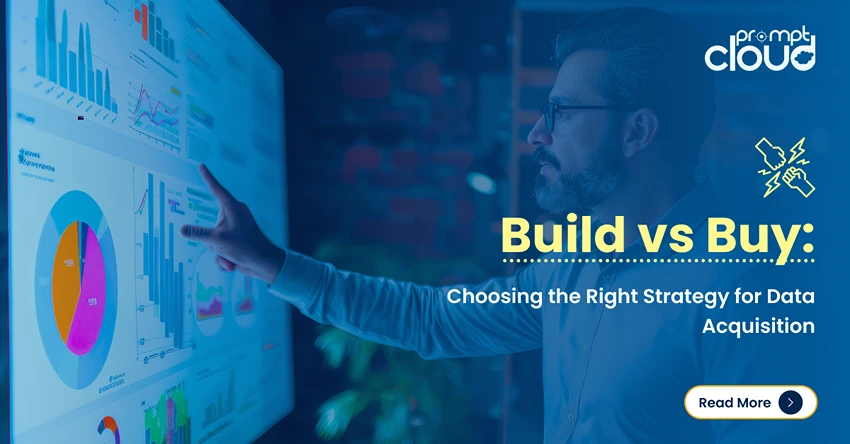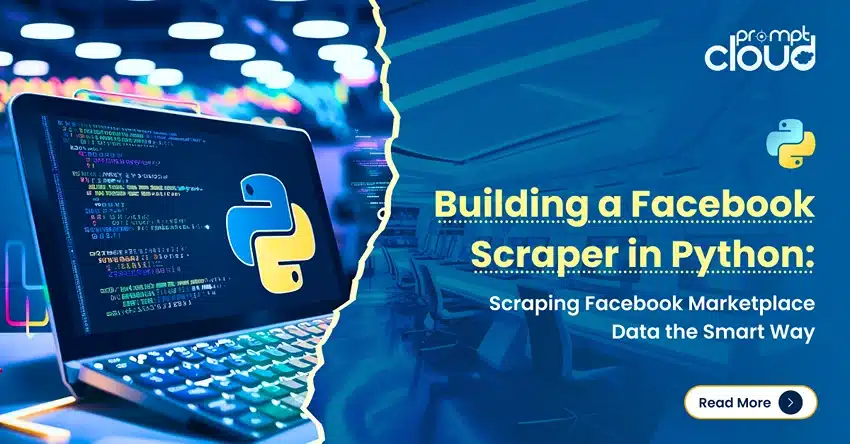Today’s digital media marketing has evolved significantly. No longer are contacts and business leads generated only through email or phone call. A prevalent type of inbound marketing has seen businesses on web attract traffic to their site to win business. Digital marketing campaigns include blogs, and other helpful social content that not only aids a reader in resolving their problem, but also helps them to create a visibility that is customer centric and empathic. In stark contrast to blatant ‘in your face’ selling of goods and services of earlier days of print and electronic media, the online media has to approach a distinct way of advertising.
Just to take an instance, if you are selling lawn mowing products, in the earlier age of print and electronic media, you would advertise heavy discount, sale and attractive pricing of the different gardening tools on different channels such as TV, radio, magazines or newspapers. However with online advertising it will be a bit different. You will develop helpful, meaningful and relevant content that can be easily discovered by you target audience (i.e. those who have some or the other query about gardening or lawn mowing). This discoverability is primarily driven by SEO friendliness of the website and the amount of information that a reader will find appealing. Once the reader is re-directed to the website, he or she will scroll the website for further information. This phase helps the prospect to move further into the sales funnel. The reader ultimately subscribing to your products or services will lead to eventual online sales.
Where the problem arises?
The business will not depend solely on search engines to generate web traffic. They will also enlist the help of PPC (Pay per Click). In this type of business engagement, the webmaster or site owner will display a clickable link on his or her website. When readers go to the webmaster’s site, they can get the chance to discover your business too, whereby, they will click on the ad and be re-directed to your business website. For every such successful click, the webmaster on whose site your ad is listed will charge a certain amount (usually $0.002 per click). Hence the term “Pay per Click”.
Everything would have been running smoothly. But what ultimately happened was that PPC took off as a really good advertising approach for many businesses. The industry evolved tremendously so that multiple advertising networks got forged, as a result. This is precisely when the problem of online ad frauds started rearing its ugly head.
In the ideal revenue model, every time a user (a human being) clicks on an ad (irrespective of whether he or she ultimately views the complete ad, goes to the site, or creates a sale). For this click, the publisher will share the proceeds with the middlemen in the expanded advertising network. In the online ad fraud, the click that was supposed to be originating from a human being (and that too from the intended target audience) doesn’t happen as intended. Instead a fraud person, an automated script or a bot will mimic this process so that a legit charge for the click will be generated through dishonest means.
Is it a concern?
PPC success is mostly measured in terms of impressions. Online ads are based on ‘impressions’ i.e. successful view of the advertisement so that it evokes engagement or subscription from the viewer. IAB, the world’s premier interactive ad policing agency defines impression as “a measurement of responses from an ad delivery system to an ad request from the user’s browser”. In other words, it is the number of times an ad served a browser. With this sentence, it becomes clear that impressions don’t necessarily mean human views. However many digital marketing agencies equate impressions with human views and this is inaccurate (and fraudulent, if done intentionally)
If you are thinking that this is not such a big problem, then consider these statistics –
1 . Worldwide there is a $7.5 billion USD fraud going on due to ad scams
2. Only 15% of the total impressions have the likelihood of being viewed by an actual person
3. Of this, only about half are actually viewable. This means that overall only 8% of the total ad spend of a company has the chance of being successfully placed in front of a human eyeball. The other 7% doesn’t experience successful views even when they are placed before people due to issues such as
4. Broken ads due to bad server action or wrong ad (15% of the time)
5. Bot traffic due to deliberate script hacks for fake traffic (60% of the time)
6. Intentional fraud (25% of the time)
What about the clients?
Digital advertising offered multiple benefits over traditional mediums when it first started off. The clients had the power to know manifold aspects of a user’s behavior – time spent on ad, geographic spread, browser used and what link they used to visit the site. However, the rampant online ad scams and multi-million dollar losses globally, speak volumes of the damage caused by online advertising. Though there are many big time companies offering valid and authentic PPC competencies, they remain out of bounds for startup and mid-size companies – the biggest segment of victims of the online ad fraud schemes. For these companies the only avenues available to them is to approach digital marketing companies that offer cheaper services (but still might leave clients in losses because of their dishonest ways)
Another problem with this marketing channel is the lack of clarity of what needs to be tracked as a performance metric for the PPC campaigns run by these digital marketing companies. Should it be the number of clicks, number of page views, number of unique visitors in a given time period, or some other KRA?
What can be done?
These issues are creating a severe dent in overall reputation of online advertising agencies, as far as the $14 billion USD online ad business is concerned. Experts suggest a few quick tips for online marketers to prevent falling prey to this big time scam and facilitate the ad scammers in going out of business. Let’s look at these –
Calculate ROI in terms of human views –
If your ad spend will generate just 8% RoI, then your cost per impression should be revised from $0.10 to $1.25 to factor in these spam bots and fake traffic. Companies also need to analyze whether the new CPI thus calculated, and the costs associated with it is actually justified.
Suspicious traffic –
Publishers need to provide solid proof that the impressions actually consist of authentic traffic rather than dubious traffic. Some of the more credible checking mechanisms include
Study mouse movement of a user-
Study mouse movement of a user to denote nonlinear or random behavior usually associated with actual people and not bots
Check if all users are not coming from single type of browser, single operating system, single IP or single geography –
A surefire method to detect bot induced fake traffic
Analyze-
Analyze whether the ads are successfully viewable on different source pages of the publisher
Suspicious business –
Businesses that have recently sprang up and are generating insane amount of click rates and high web traffic volume are a definite no-no
Check ad networks –
It makes complete business sense to check with the publishers how will they be generating the traffic. Will they be entering into a transactional engagement with other advertising networking agencies? Ad networks in turn should place a premium on partnering only with genuine digital marketing agencies that do not resort to bots and frauds to bring in impressions.
Check geographic spread –
Many countries have a higher tendency to generate suspicious traffic than others. While Solve says that 43% of online ad traffic in US is fraudulent, the other countries that make it to the top list include China (a staggering 92%!), Venezuela (80%), and Ukraine (77%). If we consider just mobile ads, then Singapore (86%) rules the list.
Use online help –
There are multiple ad fraud uncovering tools from companies like Google (of course!), SimilarWeb, and Spider.io. Marketing departments can use these tools to great effect in uncovering online ad frauds and eliminate online ad cams from impacting your business.
These are just some of the ways in which the digital world can protect its valuable dollars from going down the drain due to online ad scamming. As Adam O’Donnell, chief architect, Solve Media security council member, puts it very succinctly “Protecting website publishers from automated submissions, spam, attacks, and other types of fraudulent activity must become a crucial industry priority”
Do write in to us and let us know if any other approach looks viable in the current context, and we will be happy to hear from you.




















